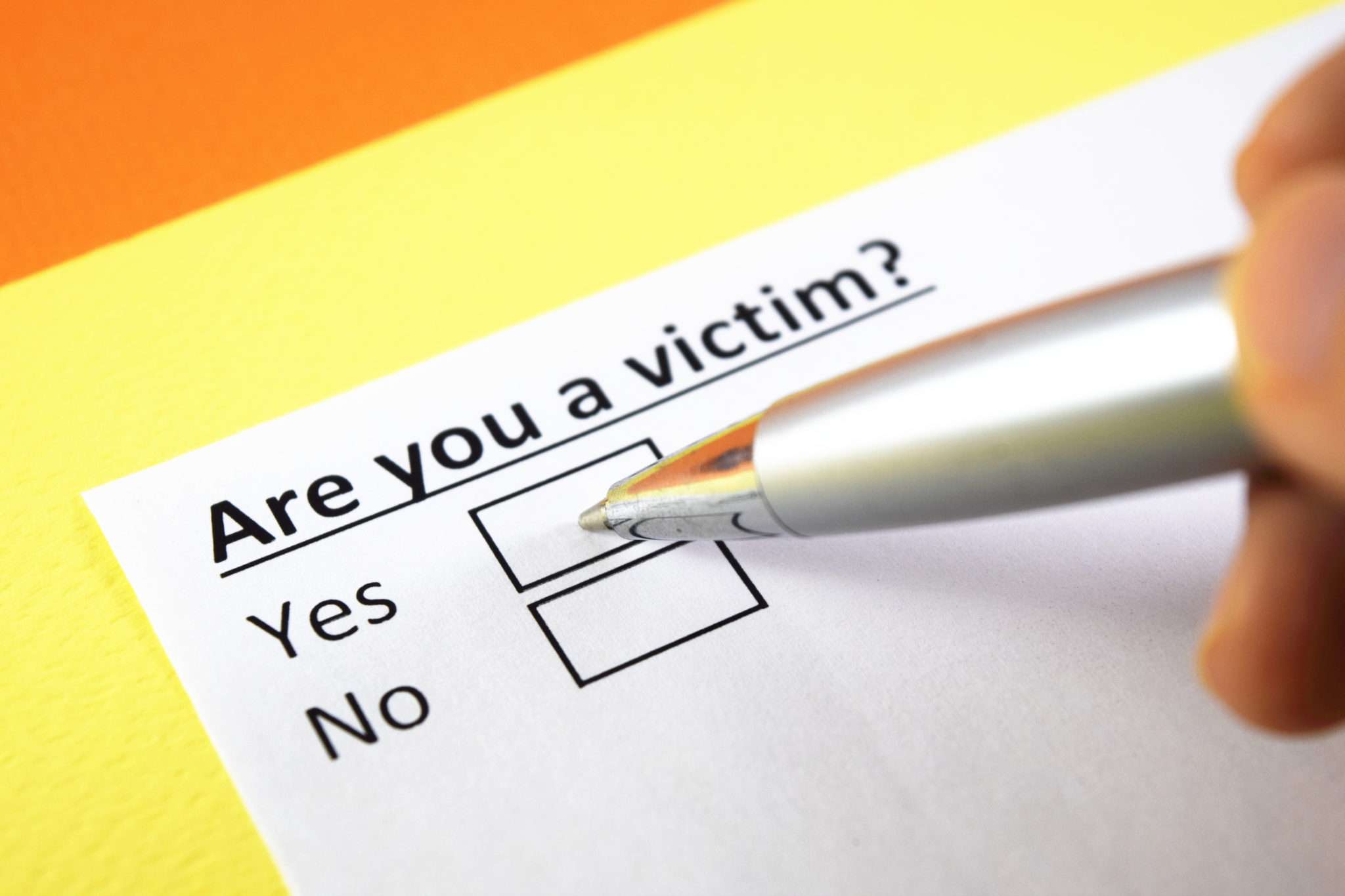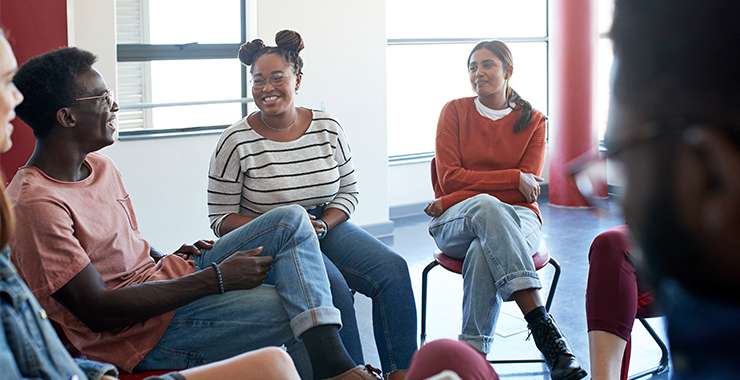Sexual violence (SV) is a serious problem that can have lasting, harmful effects on victims and their family, friends, and communities. CDC’s goal is to stop SV from happening in the first place. The solutions are just as complex as the problem.
In order to prevent SV, we must understand and address risk and protective factors at the individual, relational, community, and societal levels.
CDC developed a resource, STOP SV: A Technical Package to Prevent Sexual Violence pdf icon[2.85MB, 48Pages,508] to help communities take advantage of the best available evidence to prevent sexual violence. This resource is available in English and Spanish pdf icon[17MB, 48 Pages, 508] and can impact individual behaviors and the relationship, family, school, community, and societal factors that influence the risk and protective factors for violence. Many of the strategies focus on reducing the likelihood that a person will engage in sexual violence. The strategies and their corresponding approaches are listed in the table below.
STOP SV
STOP SV
Strategy
Approach
SPromote Social Norms that Protect Against Violence
- Bystander Approaches
- Mobilizing men and boys as allies
TTeach Skills to Prevent Sexual Violence
- Social-emotional learning
- Teaching healthy, safe dating and intimate relationship skills to adolescents
- Promoting healthy sexuality
- Empowerment-based training
OProvide Opportunities to Empower and Support Girls and Women
- Strengthening economic supports for women and families
- Strengthening leadership and opportunities for girls
PCreate Protective Environments
- Improving safety and monitoring in schools
- Establishing and consistently applying workplace policies
- Addressing community-level risks through environmental approaches
SVSupport Victims/Survivors to Lessen Harms
- Victim-centered services
- Treatment for victims of SV
- Treatment for at-risk children and families to prevent problem behavior including sex offending
Example Programs
Below are some examples of programs described in the STOP SV technical package.
See Sexual Violence Resources for more publications, data sources, and other resources about preventing sexual violence.
What is sexual violence?

Sexual violence is sexual activity when consent is not obtained or freely given. It is a serious public health problem in the United States that profoundly impacts lifelong health, opportunity, and well-being. Sexual violence impacts every community and affects people of all genders, sexual orientations, and ages. Anyone can experience or perpetrate sexual violence. The perpetrator of sexual violence is usually someone the survivor knows, such as a friend, current or former intimate partner, coworker, neighbor, or family member. Sexual violence can occur in person, online, or through technology, such as posting or sharing sexual pictures of someone without their consent, or non-consensual sexting.
For more information about sexual violence definitions please see Sexual Violence Surveillance: Uniform Definitions and Recommended Data Elements, Version 2.0 [2.01 MB, 136 Pages, 508].
For information about child sexual abuse, please see Preventing Child Sexual Abuse.
10 Ways to Prevent Sexual Violence
Learn how to stop sexual violence with these 10 steps.
- Know that silence does not equal consent.
- Don’t blame rape victims for the violence perpetrated against them.
- Take responsibility for your own sexuality; don’t let it be defined by your partner, the media, or anyone else.
- Do not use alcohol and/or drugs to get someone to have sex with you.
- Do not participate in sexist behavior by objectifying or stereotyping women.
- Teach everyone you know about the myths and realities of sexual violence.
- Interrupt rape jokes.
- Challenge images of violence against women in advertising, pornography, professional wrestling, and other forms of media.
- Support women and men working to end sexual violence by volunteering your time, donating money, and/or lobbying legislators.
- Recognize that sexual violence will not end until men become part of the solution.
Adapted with permission from the California Coalition Against Sexual Assault
To learn more about the WFC’s Sexual Assault Crisis Services, please click here
Hotline for Sexual Assault Victims and Survivors
If you are a Sexual Assault victim or you know of someone who has been sexual assaulted, please contact us today. If you were sexually abused or assaulted in the past, it may still be affecting your life. It may still be helpful to talk about your feelings.
24-hour Crisis Hotline
Toll free: 1-888-999-5545 (English) and 1-888-568-8332 (En Espanol)
Women and Families Direct Hotline: 203-235-4444
TTY access during office hours (Monday-Friday 9:00am-5pm) after hours use CT Relay Service 7-1-1.
SACS Resources:
The first step in preventing sexual violence is understanding why it happens in the first place. The root cause of sexual violence is oppression, which is the experience of widespread, systemic and repeated injustice. Many individuals and groups experience oppression on a daily basis based on:
o Race
o Sex
o Gender identity
o Gender expression
o Gender orientation
o Class
o Religion
o Citizenship
o Age
o Ability
Other factors also contribute to sexual violence. These include social and community factors like:
o Poverty
o Societal norms that support male superiority and sexual entitlement
o Societal norms that maintain women’s inferiority and sexual submissiveness
o High levels of crime and other types of violence
o Weak laws and policies related to sexual violence and gender equity
They also include individual and relationship factors like:
o Lower levels of education
o Alcohol and drug use
o Violent or emotionally unsupportive family environment
o Preference for impersonal sex and sexual risk taking
o Hyper-masculinity
o Childhood history of physical, sexual or emotional abuse
The most effective way to prevent sexual violence is through primary prevention, which means stopping it before it occurs. For prevention efforts to work, they have to target risk factors at each level – individual, relationship, community and society.
For a more complete list of risk factors for perpetrating sexual violence, see http://www.cdc.gov/violenceprevention/sexualviolence/riskprotectivefactors.html. For more information about risk factors for being the victim of sexual violence, see Chapter 6, Sexual Violence, of the World Health Organization’s World Report on Violence and Health: http://apps.who.int/iris/bitstream/10665/42495/1/9241545615_eng.pdf.
Sexual Assault Prevention: Preventative Measures to Help Avoid a Risky Situations from Escalating
Anyone can be the target of sexual assault, regardless of age, gender, race, ethnicity, sexual orientation, sexual history, or social class. There is no stereotypical victim or rapist. Nearly 85% of all victims of sexual assault knew the person who raped or assaulted them. Often a situation starts off innocent and fun, but can then very quickly escalate out of control.
Avoid hazardous situations.
Sexual assault can occur in any situation and is never your fault regardless of the circumstances. However, by taking such steps as traveling accompanied and avoiding alcohol and drugs, you can substantially reduce your risks for being victimized.
Communicate your limits clearly.
If someone starts to offend you or cross a line that you have set for yourself, tell them firmly and early. Polite approaches may be misunderstood or ignored. If the person does not respect your wishes, remove yourself from the situation immediately. Miscommunication can be explained later. Do not give someone the chance to violate your wishes or boundaries. This can often contribute to the guilt felt following unwanted sexual advances, but it does not make it your fault.
Be assertive.
Often passivity can be interpreted as permission – it is not. Be direct and firm with someone who is sexually pressuring you. Tell an acquaintance or your partner what you want – or don’t want – and stick with your decision. Regardless, there must always be active consent on both sides. Consent to one thing does not imply another.
Trust your instincts.
If you feel you are being pressured into unwanted sex, you probably are. If you feel uncomfortable or threatened around an acquaintance or your partner, get out of the situations immediately. If you misread someone’s signals, you can always explain later.
Respond physically.
Even clear communication is not always effective. Some people simply don’t listen or don’t care. If either person is intoxicated of high, it may also complicate the situation. However, it is not an excuse for someone to commit sexual assault. If someone is assaulting you and not responding to your objections, you have the right to respond physically or to physically defend yourself if you feel you can do so. If possible, push the person away, scream “No!”, and say that you consider what the person is doing to be rape. It is understandable that most people instinctively do not respond forcefully to people they know. It is not your fault if you find that you are unable to do so.
Without clear consent from both parties it is still sexual assault and no one ever deserves to be raped or assaulted!
AT HOME
- Make sure all windows and doors in your home can be locked securely, particularly sliding glass doors. Use the locks. Keep entrances well lighted.
- Check the identification of any sales or service person before letting him in.
- If you live in an apartment, avoid being in the laundry room or garage by yourself, especially at night.
- If you come home alone and find a door or window open or signs of forced entry don’t go in. Go to the nearest phone and call the police.
WHILE WALKING
- Be alert to your surroundings and the people around you.
- Stay in well-lighted areas as much as possible.
- Walk confidently at a steady pace on the side of the street facing traffic.
- Walk close to the curb. Avoid doorways, bushes, and alleys.
- If you are in trouble, attract help any way you can. Scream, yell for help, or yell “Fire!”
- If you feel you’re being followed, walk into a store or knock on a house door.
WHILE DRIVING
- Keep your car in good working order and the gas tank at least half full.
- Park in well-lighted areas and lock the doors, even if you’ll only be gone a short time.
- When you return to your car, have the key ready and check the front and rear seats and floor before getting in.
- Drive with all the doors locked.
- Never pick up hitchhikers.
- If you have a flat tire, drive on it until you reach a safe well-lighted and well-traveled area.
- Exercise extra caution when using underground and enclosed parking garages. Try not to go alone.
- If you are being followed, don’t drive home. Go to the nearest police or fire station and honk your horn. Or drive to an open gas station or other business where you can safely call the police. Don’t leave your car unless you are certain you can get inside the building safely. Try to obtain the license plate number and description of the car following you.




